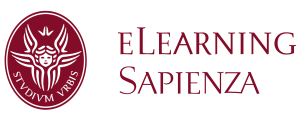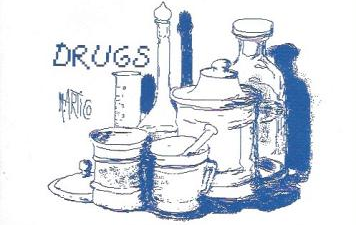Materiale Didattico Per Tutti gli AA
Requisitos de finalización
Pubblicazioni Scientifiche Usate per compilare le lezioni

